Day: February 20, 2022
 02/20/22
02/20/22
Science fiction watchables/Electjet Apollo Ultra/The Mental Health Update
Recomendo: issue no. 292
 02/20/22
02/20/22
Recomendo: issue no. 292
A cool tool can be any book, gadget, software, video, map, hardware, material, or website that is tried and true. All reviews on this site are written by readers who have actually used the tool and others like it. Items can be either old or new as long as they are wonderful. We post things we like and ignore the rest. Suggestions for tools much better than what is recommended here are always wanted.
Tell us what you love.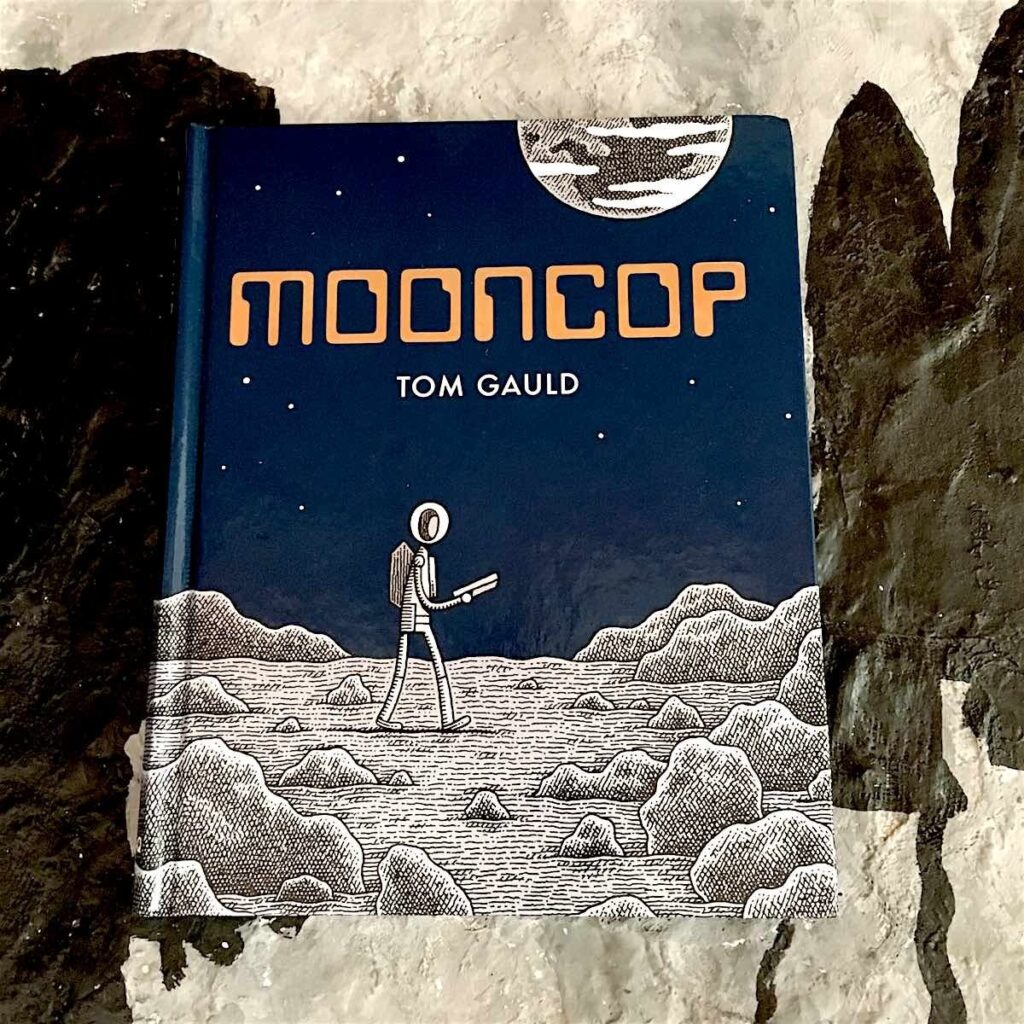
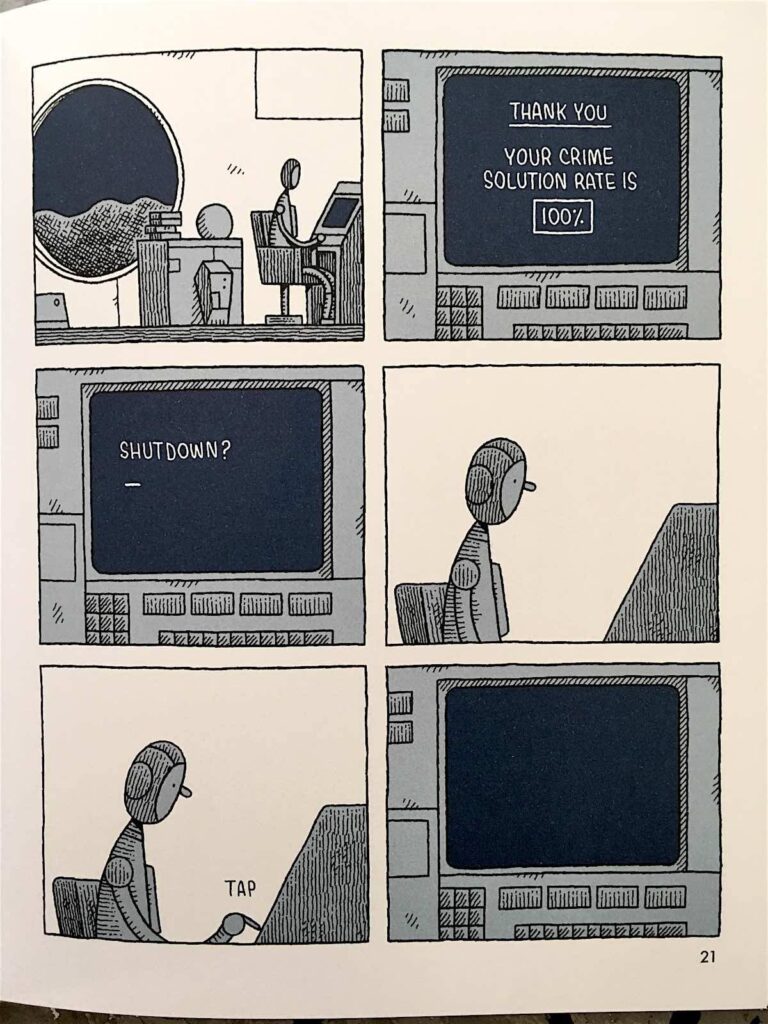

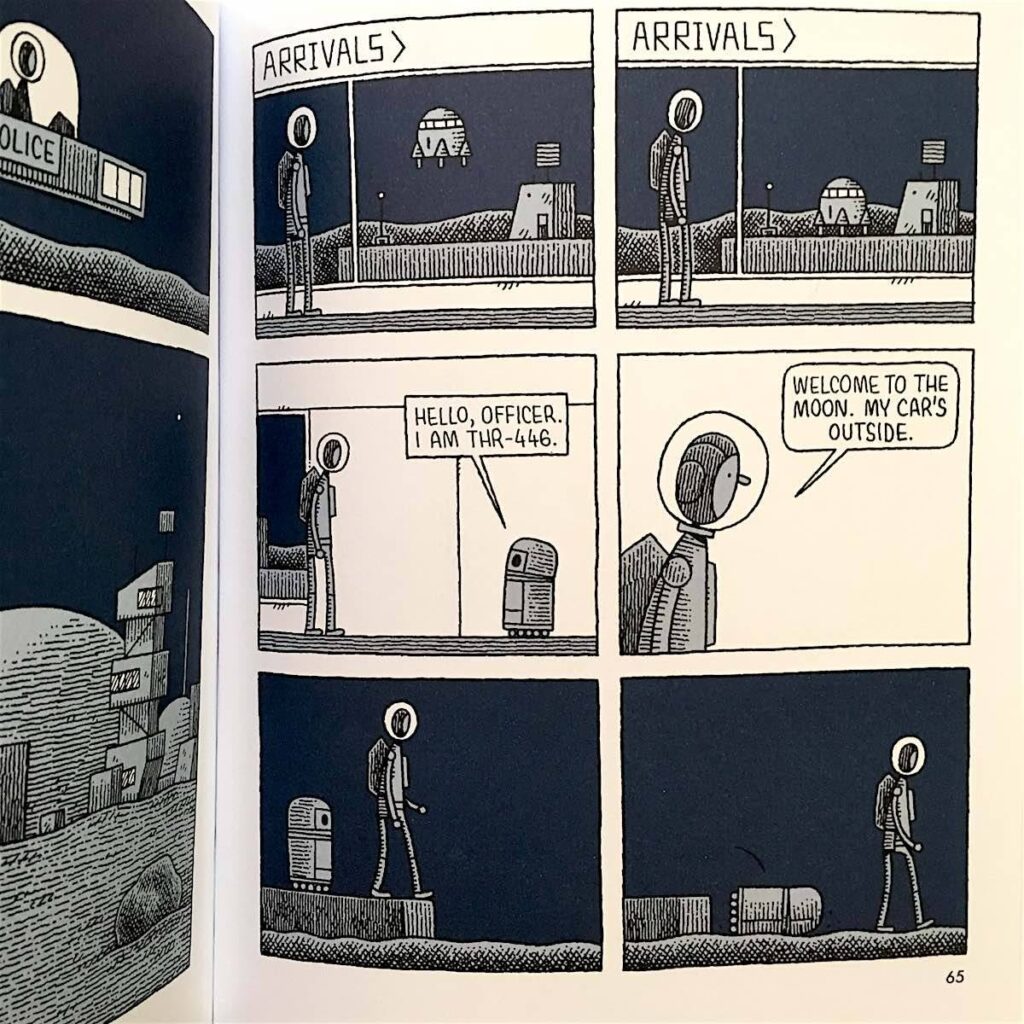
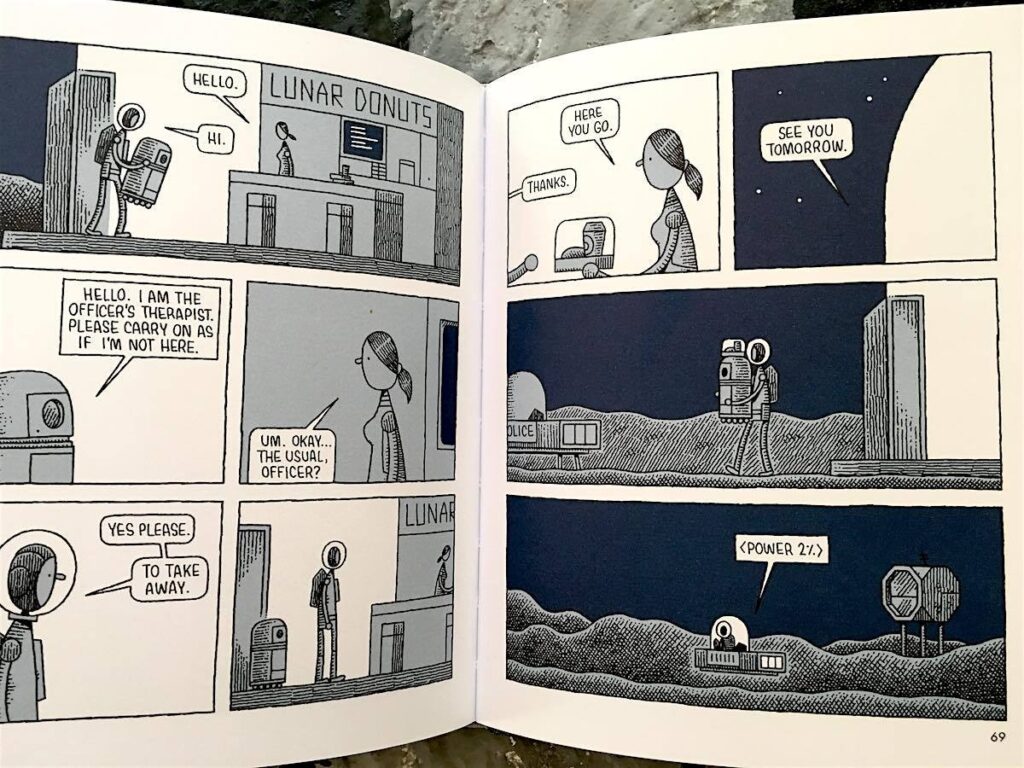
Mooncop
by Tom Gauld
Drawn and Quarterly
2016, 96 pages, 6.6 x 8.1 x 0.6 inches (hardcover)
The great Moon colonization project was a failure. The few diehards who remain in their prefab pod-like houses are going back to Earth. That leaves the unnamed lunar police officer with barely anything to do as operations wind down. Author/illustrator Tom Gauld is in top form with his just-released Mooncop, telling a simple story with a deep layer of existential pathos that even we Earth-dwellers can relate to. – Mark Frauenfelder
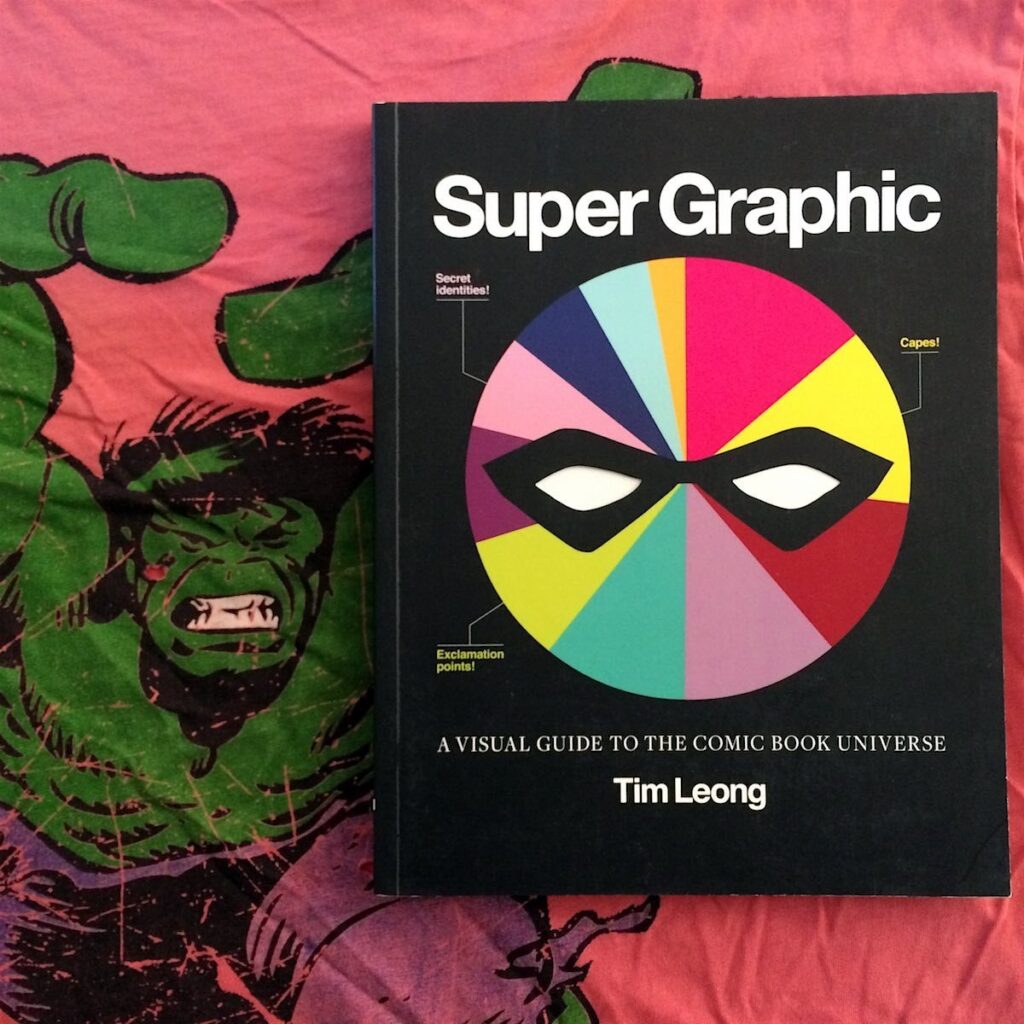
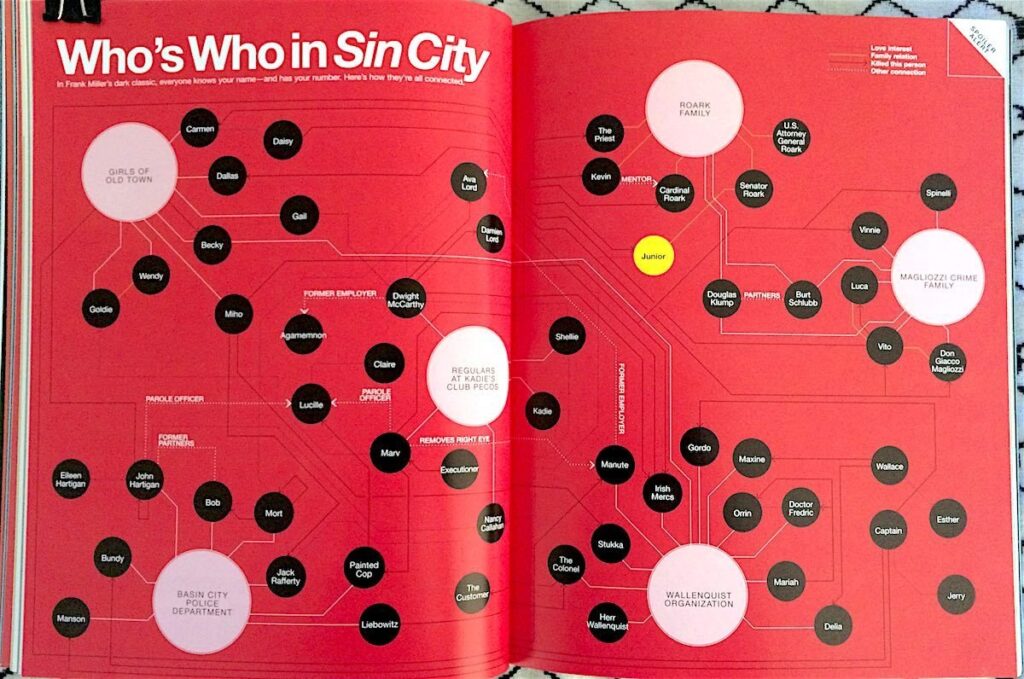
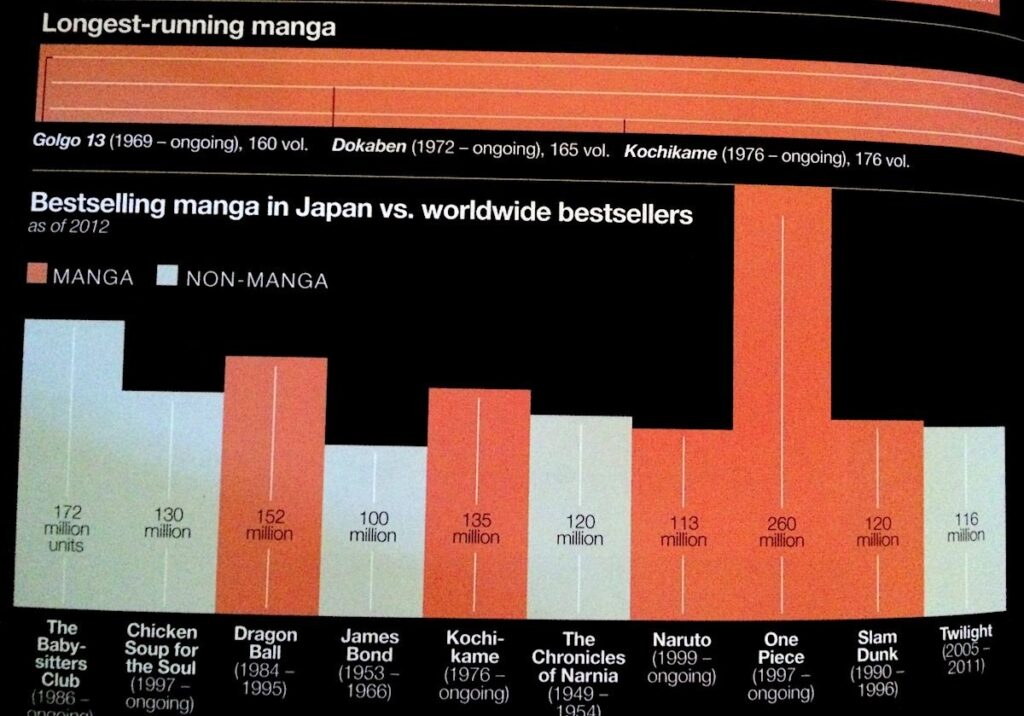
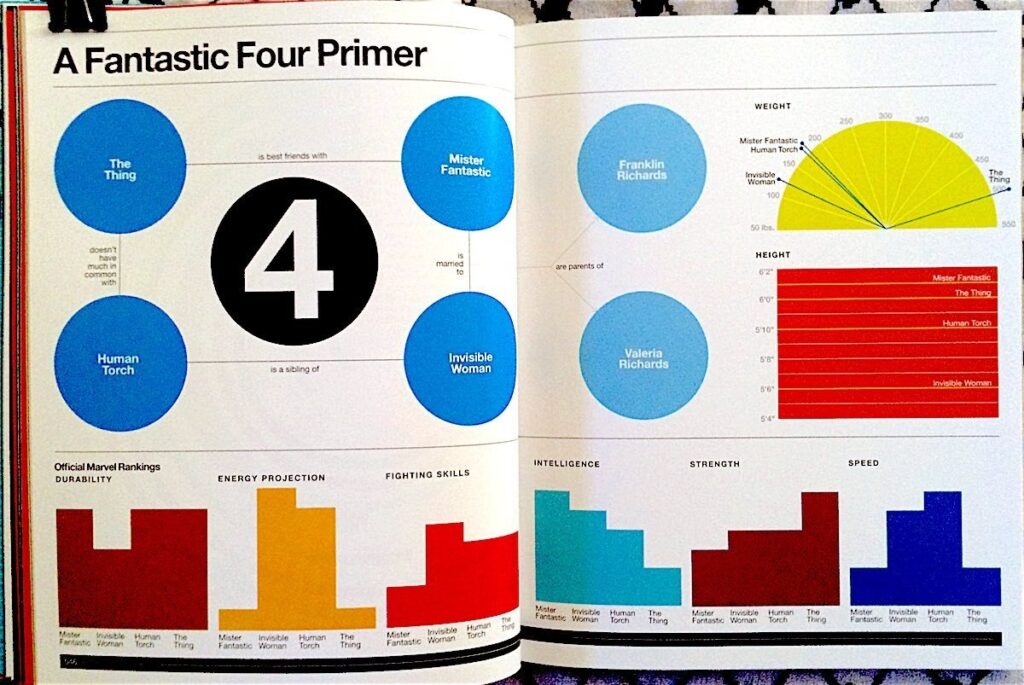
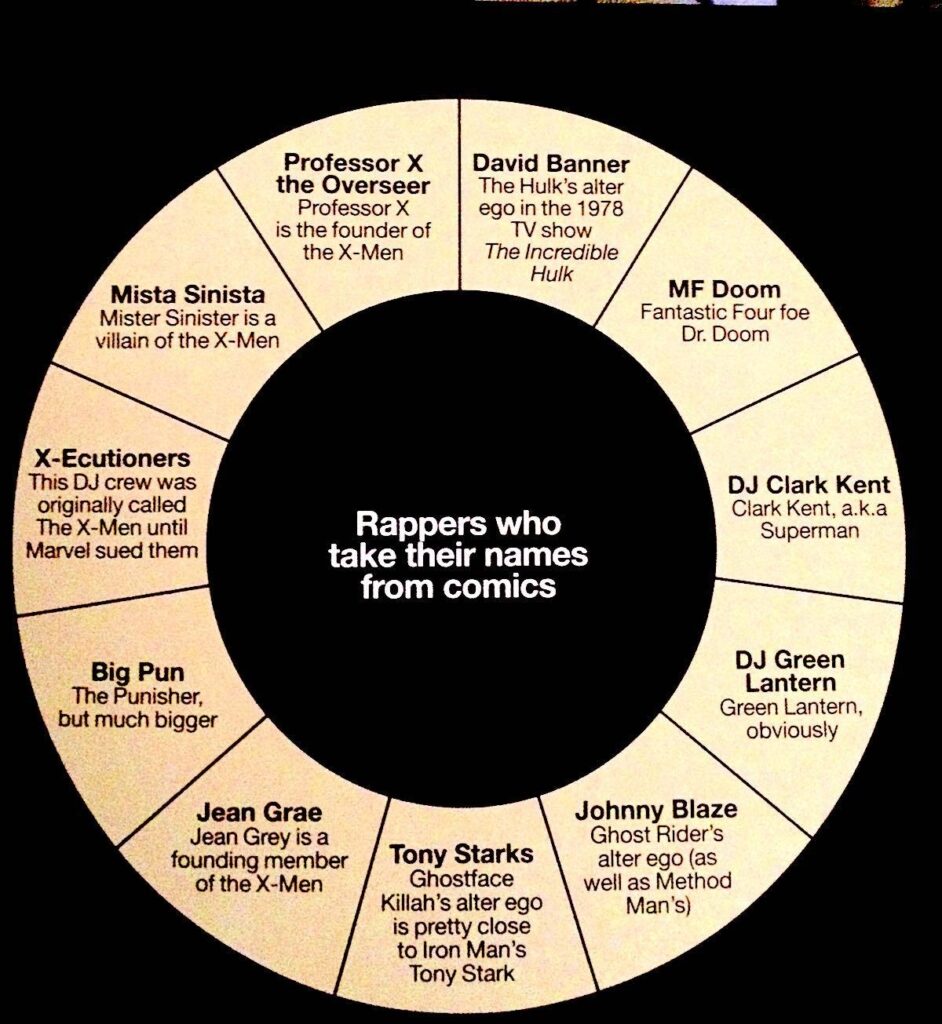
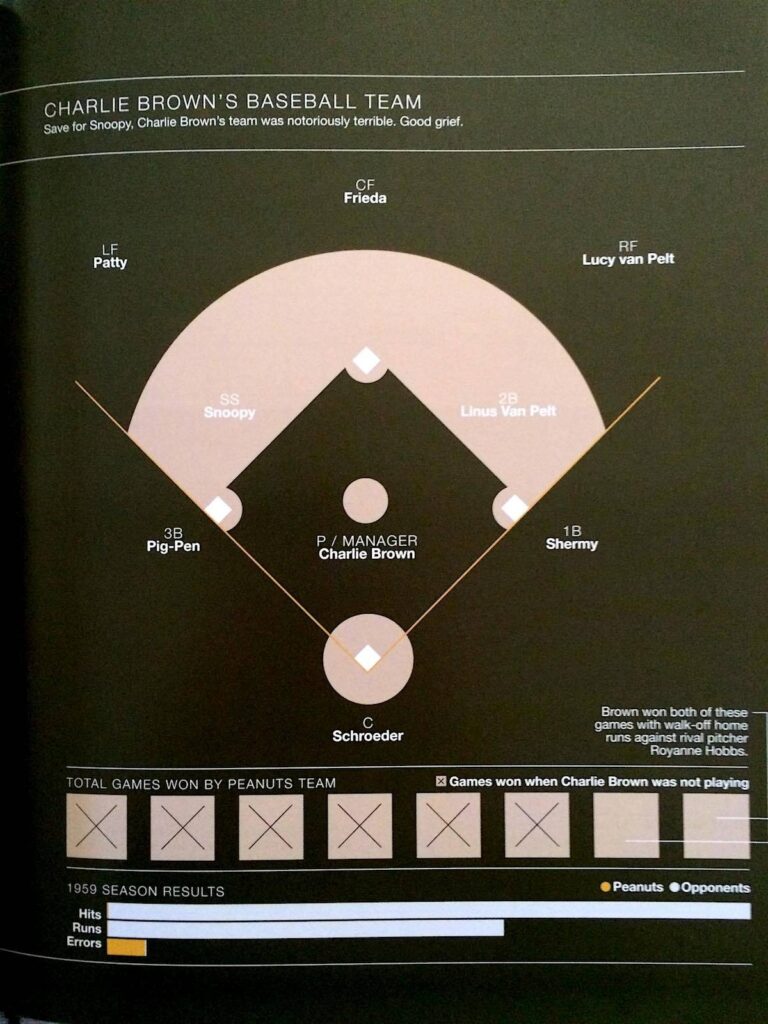
Super Graphic: A Visual Guide to the Comic Book Universe
by Tim Leong
Chronicle Books
2013, 196 pages, 7.4 x 9.4 x 0.6 inches (softcover)
How has Superman’s logo changed shape since it was first created in 1938? How long do comic book characters tend to stay dead? How do the populations of fictional cities compare to New York City or London? Tim Leong’s Super Graphic: A Visual Guide to the Comic Book Universe uses bright maps, word webs, graphs, and flowcharts to answer questions like these and illustrate correlations among different comic book characters. Most of his information comes from the usual Marvel and DC superhero comic books, but he also analyzes information from such classics as Tin-Tin, Peanuts, and Archie comics.
The smartest graphs show Leong’s skill for bringing together information into succinct visuals, such as the charts showing that superheroes tend to wear primary colors while supervillains tend to wear secondary colors. Other spreads draw information from the comic book business or affiliated merchandise. For example, some infographics discuss which demographics reads comic books, which characters won most often in Marvel Universe Trading Card Series, and which comic book writers are the most prolific. Still other pages use the graphs to make sight-gags without providing any insight or trivia. These pages, such as the graph entitled “A Personal History of Saying ‘Good Grief’” which is drawn as the pattern on Charlie Brown’s shirt, are briefly amusing but not the pages to study. Instead, take your time exploring Scrooge McDuck’s family tree, the character web of Sin City, and the pie charts of every weird pizza the Teenage Mutant Ninja Turtles have eaten. You never know when that information might be useful. – Megan Hippler
Books That Belong On Paper first appeared on the web as Wink Books and was edited by Carla Sinclair. Sign up here to get the issues a week early in your inbox.
© 2022
